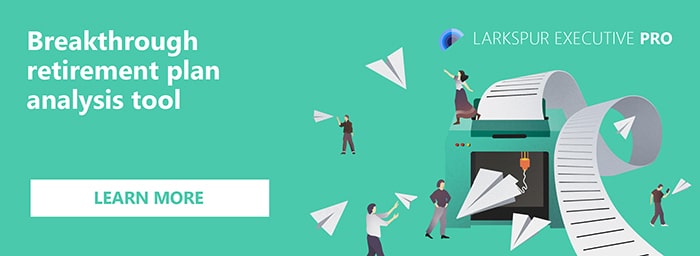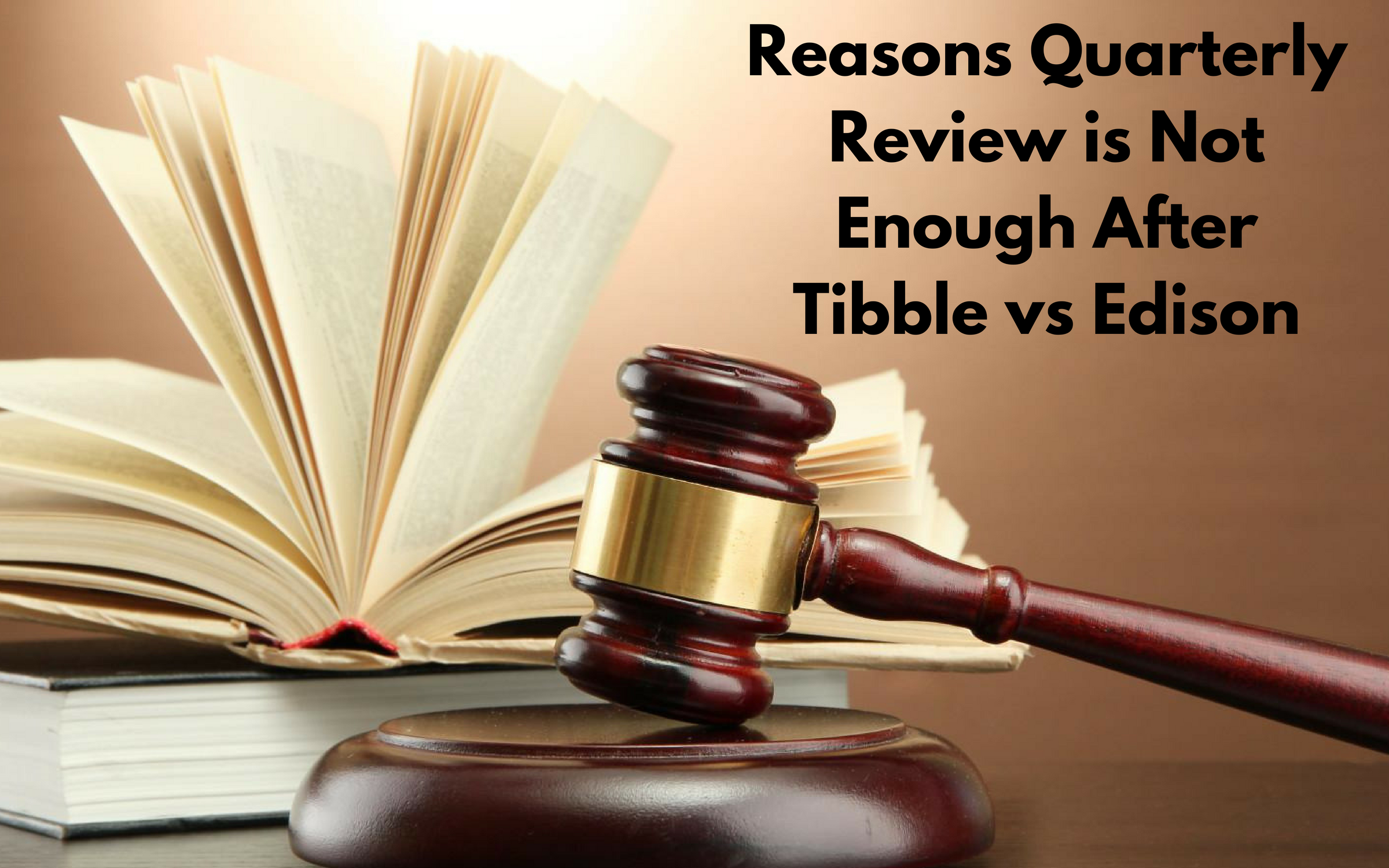- Understanding ERISA and Fiduciary Fundamentals
- Outsourcing and What You Can Expect From Service Providers
- Benchmarking Investments and Fees
Plan sponsors have a fiduciary duty to ensure that their company’s retirement plans are properly designed and managed. There are several legal and regulatory responsibilities that the sponsor must consider, ranging from maintaining plan documentation to choosing and monitoring plan investments. At the same time retirement plan advisors need to be able to educate and assist plan sponsors in being legally compliant. Such a broad range of responsibilities makes it vital for plan sponsors and advisors to keep track of the best modern practices in the fiduciary field through conferences that are organized specifically to discuss these key issues. One such conference is the recent 2021 Virtual PLANSPONSOR Best Practices Conference, which was held on November 10. The topics of discussion were:
- What the Employee Retirement Income Security Act (ERISA) requires of them;
- How to best manage retirement plan committees
- What to expect from service providers
- How to benchmark investments and fees
Understanding ERISA and Fiduciary Fundamentals
Since 1974, the Employee Retirement Income Security Act (ERISA) has served as the “rulebook” for retirement plan fiduciaries, with successive legislation amending or adding to its provisions. The virtual conference attendees learned what it takes to run a plan that meets all regulatory requirements. Here are the key points of the panelists, Bradford Campbell, a partner at Faegre Drinker, and Michael Montgomery, senior vice president of OneDigital:
Accurate and timely Form 5500 filings
The proper and timely completion of the annual Form 5500 is a key component of a plan sponsors’ responsibilities, according to Campbell. If the plan has more than 100 members, this form gets more complex and contains specifics such as asset schedules, fees, and other information. It is one of the most critical files since both the DOL and the IRS use it in enforcement operations. Both authorities are likely to notice if a plan sponsor misses a year’s reporting. “The rule of thumb is, if you’re not keeping up with your Form 5500, it probably suggests you’re not running your plan that well either,” Campbell said. The Department of Labor uses such data as a foundation for conducting plan investigations.
Prudence and loyalty
ERISA emphasizes prudence and loyalty, so sponsors are assessed not on whether they gain or lose money, but on whether they kept correct records and followed the necessary procedures, said Campbell.
No blind spots
Sponsors must double-check their blind spots and ensure that no conflicts occur from prohibited transactions, according to Michael Montgomery. Sponsors should create a strategy and ensure that the correct persons are appointed as fiduciaries so that no one makes fiduciary choices without understanding it.
Outsourcing and What You Can Expect From Service Providers
Although plan sponsors are ultimately responsible for their plan’s compliance, the recordkeeper and other service providers can help to lighten the load. Choosing a provider, on the other hand, is the plan sponsor’s fiduciary obligation. The forms of outsourcing accessible to plan sponsors were discussed in this session by Spencer Goldstein, Principal and Chief Investment Officer (CIO) at StoneStreet Equity, and Joan Neri, Counsel at Faegre Drinker. Here’s a summary:
The spectrum of outsourcing options accessible to plan sponsors varies substantially, with service providers offering to provide 3(16) plan administration, 3(21) investment advice, and 3(38) investment management, among other services. There are often two sorts of activities plan sponsors try to outsource, according to Goldstein. The first is concerned with investments, whereas the second is concerned with plan management.
“The other piece I would add is that there are legal considerations underpinning all aspects of outsourcing” Neri added. As a plan sponsor, you must fully comprehend the division of duties. You must know who is doing what and eliminate any gaps, and all of this must be explicitly stated in service provider contracts.
Neri underlined the need of paying close attention to the 3(16) fiduciary marketplace since there are providers in this sector that approach things quite differently. “Not all 3(16) fiduciary service providers are the same—they fall into three flavors,” she explained.
- The first is the 3(16) supplementary service providers that do not accept contractual fiduciary obligation. They’re just in charge of issuing alerts, sending enrollment forms, and executing plan transactions, which means they’re not involved in any kind of discretion or decision-making.
- The group of “limited scope” 3(16) administrators comes next. This group agrees to take on some, but not all, fiduciary responsibilities—a “tricky” but potentially extremely efficient structure, according to Neri.
- The third type consists of “wide scope” 3(16) fiduciaries who are willing to accept fiduciary responsibility for all aspects of the plan’s administration, leaving the plan sponsors with little more than the burden of closely monitoring this provider. According to Neri, each strategy has advantages, with the third category becoming more popular and inexpensive as a result of technological advancements and other circumstances.
“First, you must prudently select the service provider, and then you must prudently monitor that service provider’s performance,” Neri explained. This is always a component of the plan sponsor’s fiduciary responsibilities. Outsourcing tasks can be highly beneficial to plan sponsors, but it is not a straightforward write-off of responsibilities.
Benchmarking Investments and Fees
ERISA requires that plan sponsors do what is in the best interest of participants and ensure that fees are reasonable for the investments and services provided to the plan. In the final session Jon Chambers, Managing Director at SageView Advisory Group, and Allison “Allie” Itami, Principal at Groom Law Group, Chartered talk about the mechanics of benchmarking plan investments and fees, what to look for when benchmarking, and when to get help. Here are the highlights:
When it comes to benchmarking investments, plan sponsors might think about a lot of things, but Chambers says there are two key components to look at. The first is how investments stack up against their peers. The second important factor to consider is how investments stack up against others in their peer group. “Plan sponsors would like their plan’s funds to be in the middle of the pack or better,” noted Chambers.
Benchmarking Investment Fees
When it comes to benchmarking investment fees, Chambers says that there are multiple degrees of benchmarking—what he calls “easy” benchmarking isn’t as exact as more extensive benchmarking, but more detailed benchmarking is more difficult.
“We try to do easy benchmarking every quarter against published fees from fund databases.” A more exact benchmarking of fees should be done around once a year, Chambers advised conference attendees. Plan sponsors can use a category average, but these are not asset-weighted, meaning they group costs for the smallest and largest plans together. Benchmarks based on asset-weighted averages are arguably fairer.
Benchmarking Provider Fees
Allison “Allie” Itami said ERISA Section 408(b)(2) allows plan sponsors to hire necessary service providers and avoid a prohibited transaction as long as they pay no more than, what can be considered, reasonable fees for the services provided.
“I recommend to my clients that they pay some of the fees out of company assets,” Chambers said. When it comes to consultant fees, Chambers advises plan sponsors to pay them using corporate assets. This eliminates the issue of fiduciary responsibility.
Changes to Form 5500 reporting, according to Itami, may make fee benchmarking simpler. Regulators have suggested changes to Form 5500, and Itami claimed that plan sponsors would be required to put information from ERISA Section 404(a)(5) participant fee disclosures on the form. This will include details concerning both administrative and investment costs. “It will make it easier for people to find participants as well as the companies that provide databases,” Itami said.
Be sure to keep an eye on your fiduciary responsibilities and benchmark your investment and provider fees at least once a year with our tool Larkspur Executive. Schedule a Demo with us to see how to benchmark your plan or reach out to clientsuccess@rixtrema.com to set up a demo.




